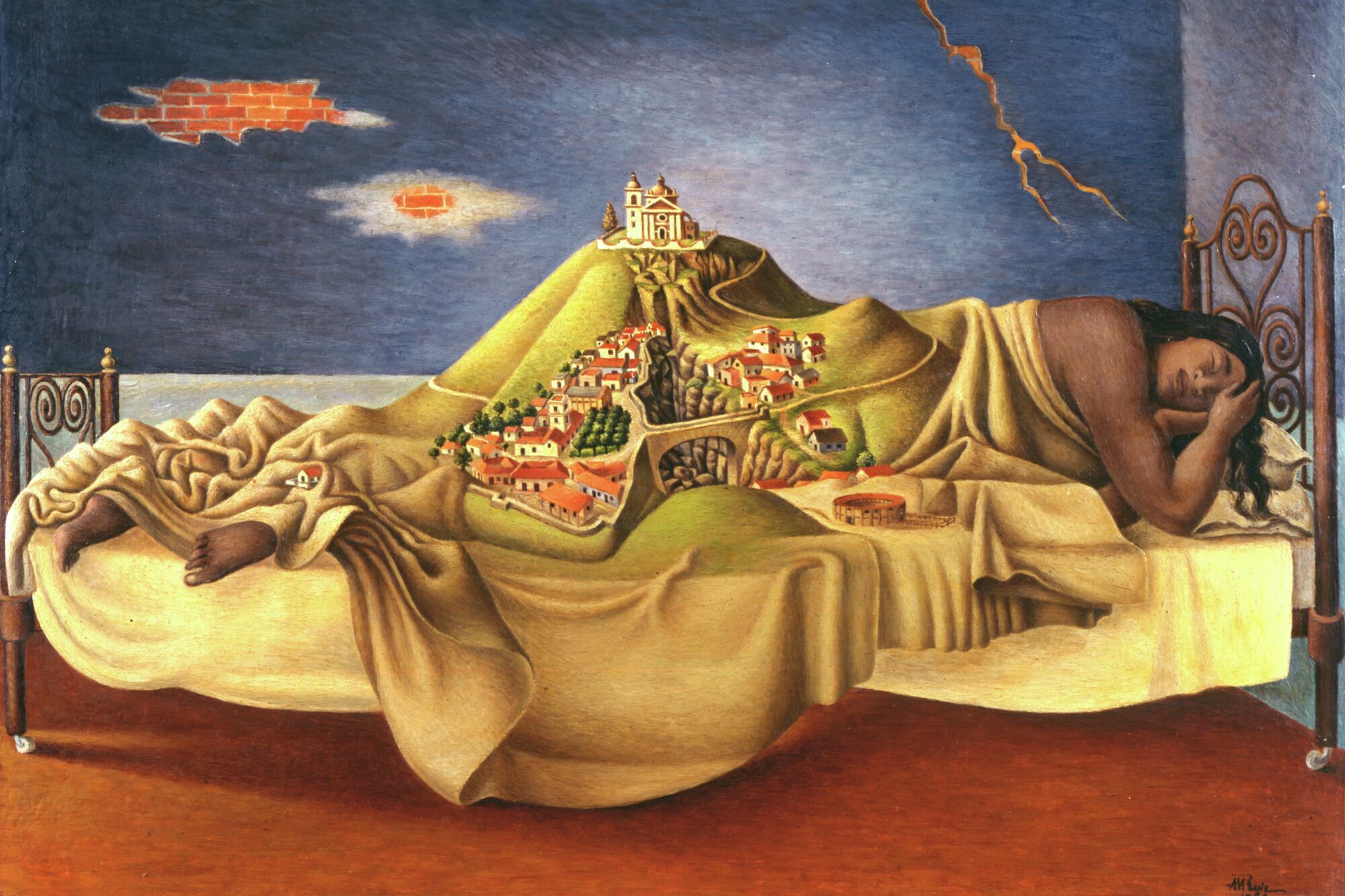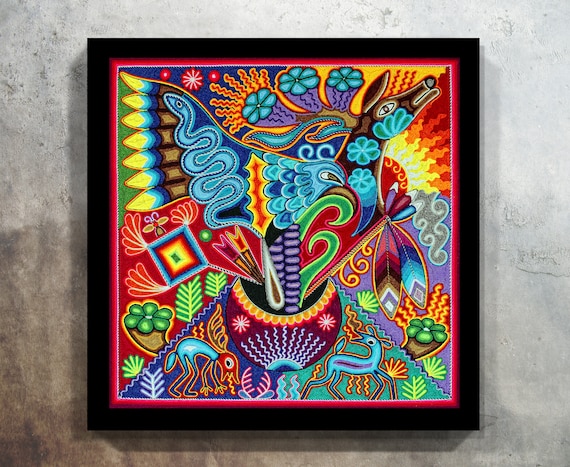So, have you ever wondered about the intriguing stories behind Mexico’s most famous paintings? Well, get ready to dive into the world of art and history, as we explore the enigmatic tales that lie within these captivating masterpieces. From the vibrant murals of Diego Rivera to the mystical works of Frida Kahlo, there is so much to uncover about Mexico’s rich artistic heritage.
You’ll be amazed to discover the depth of culture and passion that is reflected in each brushstroke. These famous paintings not only serve as a visual treat for the eyes, but also offer a glimpse into the tumultuous history and vibrant traditions of Mexico. Whether you’re interested in Mexico tourism, travel, hotels, attractions, or simply want to soak up the sun on Mexico’s beautiful beaches, exploring the stories behind these iconic paintings will deepen your understanding and appreciation of this incredible country. So, get ready to embark on a journey through time and immerse yourself in the captivating world of Mexican art! Stay tuned for our upcoming article, where we’ll unveil the mesmerizing tales behind Mexico’s most famous paintings. Trust me, you won’t want to miss it!
Exploring the Enigmatic Tales of Mexico’s Most Famous Paintings
Mexico, known for its rich history and vibrant culture, has been a hub for artistic expression throughout the centuries. From pre-Columbian art to the influence of European colonialism, Mexico has always been a melting pot of artistic styles and techniques. In this article, we will delve into the intriguing stories behind Mexico’s most famous paintings, uncovering the hidden meanings, cultural significance, and controversies that surround them.
Early Mexican Artistic Expression
Pre-Columbian Art: The Roots of Mexican Art
To understand the origins of Mexican art, we must go back to the time of the indigenous civilizations that once thrived in the region. The Mayans, Aztecs, and other ancient cultures left behind a wealth of artwork that showcased their complex belief systems, rituals, and daily life. These artworks, often found in temples and tombs, provide a glimpse into the rich culture and spiritual beliefs of these ancient civilizations.
Colonial Art: The Arrival of European Influence
With the arrival of the Spanish conquistadors in the 16th century, European influence seeped into Mexican art. The colonizers brought with them their own artistic styles and techniques, merging European aesthetics with indigenous traditions. This fusion gave birth to a unique form of art that depicted religious themes, landscapes, and portraits.
The Birth of Mexico’s Most Famous Paintings
The Mexican Muralism Movement: A Cultural Revolution
In the early 20th century, Mexico witnessed a cultural revolution known as the Mexican Muralism movement. Artists such as Diego Rivera, David Alfaro Siqueiros, and Jose Clemente Orozco used large-scale murals to depict Mexico’s history, social injustices, and the struggle of the working class. These murals became a powerful form of public art that conveyed political and social messages to the masses.
The Influence of Indigenous Art in Mexican Painting
While European influences dominated the art scene during the colonial period, indigenous art never faded away. Mexican painters, inspired by the ancient forms and symbols, incorporated indigenous motifs into their works. This infusion of indigenous art into Mexican painting created a unique visual language that celebrates Mexico’s indigenous heritage.

The Enigmatic Smile of the Mona Lisa of Mexico
The Unveiling of the Mona Lisa of Mexico
One of Mexico’s most iconic paintings is the enigmatic “Mona Lisa of Mexico.” Created by an unknown artist in the 18th century, this portrait features a mysterious woman with a captivating smile. The painting, reminiscent of Leonardo da Vinci’s “Mona Lisa,” has long fascinated art enthusiasts around the world.
The Mysterious Identity of the Subject
While the identity of the subject remains unknown, there are various theories surrounding her. Some believe she was a noblewoman, while others suggest she might have been a commoner. The ambiguity surrounding her identity adds to the intrigue of the painting, inviting viewers to imagine their own narratives.
The Symbolic Surrealism of ‘The Two Fridas’
Frida Kahlo: A Pioneer of Mexican Surrealism
Frida Kahlo, one of Mexico’s most celebrated painters, was a pioneer of surrealism. Her self-portraits often depicted her physical and emotional pain, blurring the boundaries between reality and imagination. One of her most famous works, “The Two Fridas,” showcases two versions of herself, one wearing traditional Mexican clothing and the other in a Victorian-style dress.
Decoding the Symbolism within ‘The Two Fridas’
“The Two Fridas” symbolizes Kahlo’s emotional turmoil and her struggle with identity and self-acceptance. The Frida in traditional attire represents her Mexican heritage, while the Frida in the Victorian dress represents the influence of European culture and societal expectations. The painting is a powerful representation of Kahlo’s inner world and her quest for self-discovery.
The Intriguing Paintings of Diego Rivera
Diego Rivera: A Legendary Mexican Artist
Diego Rivera, a prominent figure in the Mexican Muralism movement, created numerous breathtaking paintings that reflect the essence of Mexican culture and history. His murals, both in Mexico and abroad, depict diverse subjects ranging from the struggles of the working class to the beauty of Mexican landscapes.
Exploring the Political and Social Themes in Rivera’s Works
Rivera’s paintings often address political and social issues, shedding light on the realities of Mexican society. His mural “The Zapata” captures the revolutionary spirit of Emiliano Zapata, a key figure in the Mexican Revolution. Through powerful symbols and vivid imagery, Rivera conveys the passion and resilience of the Mexican people in their fight for justice.
The Haunting Mysteries of ‘The Lady of Guadalupe’
The Religious Significance of ‘The Lady of Guadalupe’
“The Lady of Guadalupe” is one of the most revered paintings in Mexican history. Believed to be a miraculous image of the Virgin Mary, this painting has become a symbol of Mexican Catholicism. According to legend, the Virgin Mary appeared to a Mexican peasant named Juan Diego in 1531, leaving her image imprinted on his cloak.
Unraveling the Controversies and Miracles Surrounding the Painting
Over the centuries, “The Lady of Guadalupe” has been the subject of various controversies and miracles. Skeptics question the authenticity of the painting, while devotees believe in its miraculous powers. Regardless of one’s beliefs, the painting holds immense cultural and religious significance in Mexico.
The Vibrant Colors of ‘The Flower Carrier’
Jose Maria Velasco: The Artist Behind ‘The Flower Carrier’
Jose Maria Velasco, a renowned Mexican landscape painter, captured the beauty of Mexico’s countryside in his iconic painting, “The Flower Carrier.” This painting portrays an indigenous man carrying a bundle of flowers on his back, reflecting the everyday life of the working class.
Depicting Indigenous Life and Work in ‘The Flower Carrier’
“The Flower Carrier” showcases the strength and resilience of the indigenous people of Mexico. The vibrant colors and intricate details in the painting highlight their connection to nature and their vital role in sustaining the country’s agricultural traditions. Velasco’s masterpiece pays homage to the hardworking men and women who toil the land to provide for their families.
The Mythical Creatures in Rufino Tamayo’s ‘The Watermelon’
Exploring Rufino Tamayo’s Unique Style
Rufino Tamayo, a renowned Mexican painter and printmaker, was known for his unique style that combined elements of modernism with indigenous Mexican art. In his painting “The Watermelon,” Tamayo portrays a group of mythical creatures enjoying a feast.
Decoding the Symbolism of ‘The Watermelon’
“The Watermelon” delves into the realms of fantasy and mythology. Tamayo’s use of vibrant colors and imaginative creatures invites viewers to explore the depths of their imagination. The painting is a visual representation of the artist’s fascination with Mexico’s rich folklore and his ability to create a magical world on canvas.
The Mysterious Secrets of ‘The Great Mambo’
Arturo Garcia Bustos: The Enigmatic Painter
Arturo Garcia Bustos, a lesser-known Mexican painter, created the captivating painting “The Great Mambo.” Bustos’ works often possess an air of mystery and intrigue, as seen in “The Great Mambo.”
The Hidden Meanings in ‘The Great Mambo’
“The Great Mambo” is full of cryptic symbols and hidden meanings. Its dreamlike composition and haunting figures provoke curiosity and invite viewers to delve into the enigmatic world created by Bustos. The painting remains open to interpretation, allowing individuals to create their own narratives and unlock its secrets.
The Iconic ‘The Sun Stone’ and Aztec Mythology
The Fascinating Story of ‘The Sun Stone’
“The Sun Stone,” also known as the Aztec Calendar Stone, is one of Mexico’s most iconic artworks. This massive stone disc, created by the Aztecs in the 15th century, depicts various symbols and deities related to Aztec mythology and cosmology.
Interpreting the Symbols and Ancient Myths in the Aztec Calendar
The intricate symbols and ancient myths depicted in “The Sun Stone” continue to fascinate researchers and art enthusiasts alike. The stone serves as a visual representation of the Aztec worldview, showcasing their deep connection to nature and their complex religious beliefs. While the exact interpretation of each symbol is still debated, the Aztec Calendar Stone remains a testament to Mexico’s rich cultural heritage.
The Controversy Surrounding ‘The Calla Lily Vendor’
Theodore Wores: The Painter of ‘The Calla Lily Vendor’
“The Calla Lily Vendor,” painted by Theodore Wores, is a beautiful depiction of a Mexican street vendor selling calla lilies. This painting, like many others depicting indigenous people, has sparked controversy over cultural appropriation.
Unveiling the Debate over Cultural Appropriation
Critics argue that Wores, as a foreign artist, may have exploited Mexican culture for his own artistic gain. Supporters, on the other hand, view the painting as a celebration of Mexican traditions. The debate surrounding “The Calla Lily Vendor” raises important questions about cultural exchange and representation in art.
Conclusion
Mexico’s most famous paintings hold within them a world of stories, mysteries, and cultural significance. From the enigmatic “Mona Lisa of Mexico” to the symbolic “Two Fridas,” these paintings invite us to explore the complexities of Mexico’s history, beliefs, and artistic heritage. They serve as a testament to the diverse artistic expressions that have shaped Mexico’s cultural identity and continue to inspire artists and art enthusiasts around the world. So next time you come across one of these iconic artworks, take a moment to unravel the enigmatic tales they hold.
